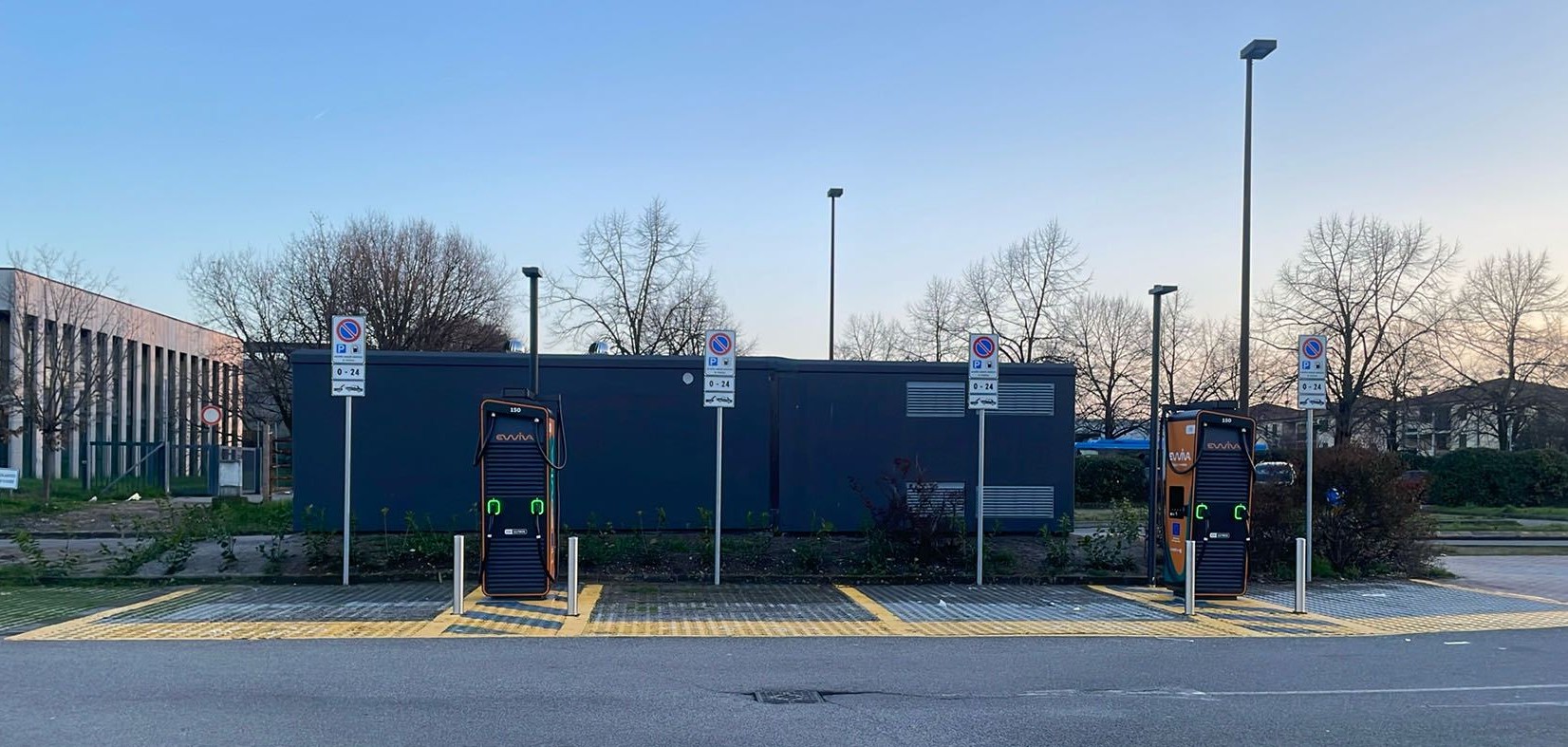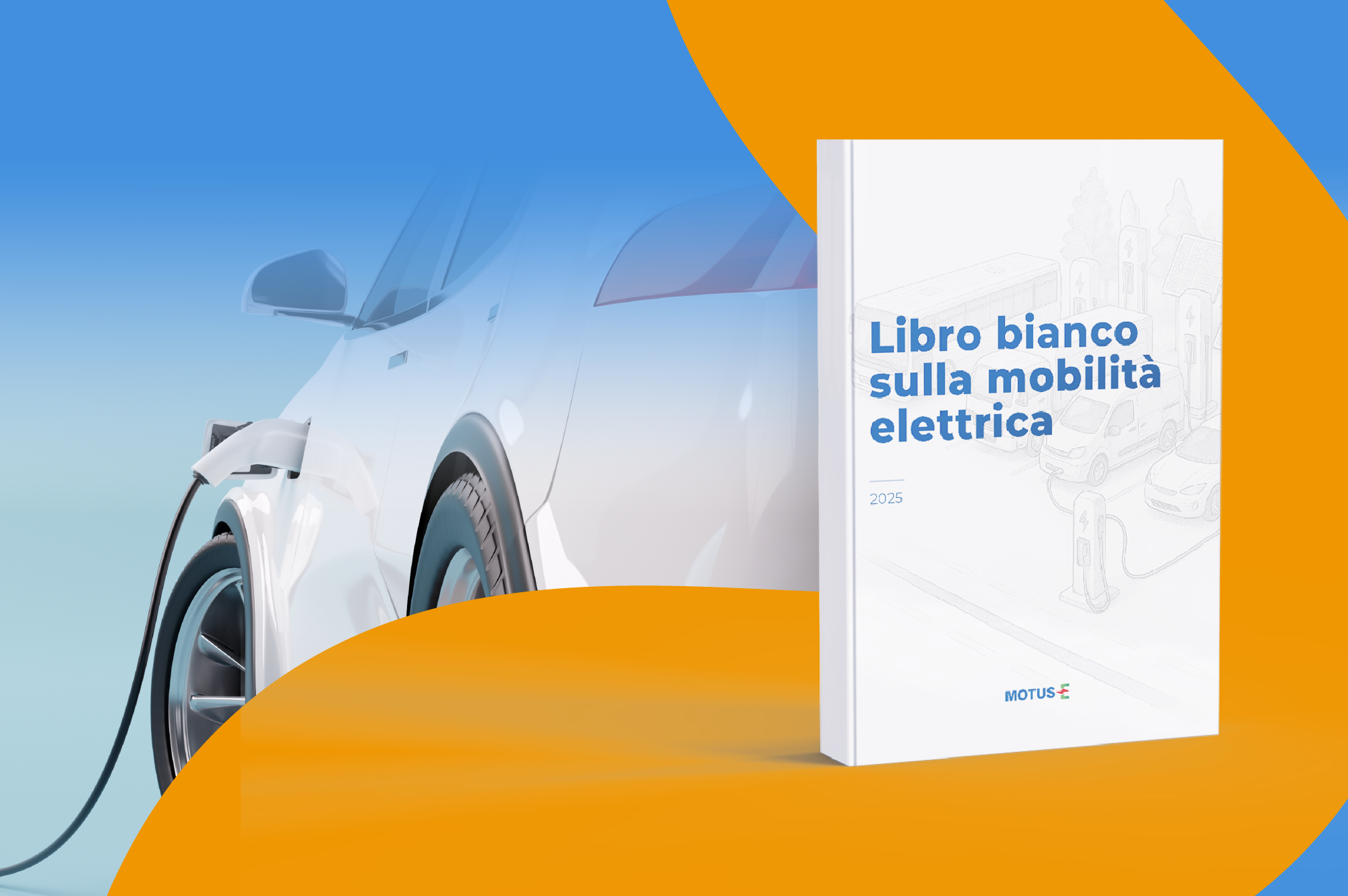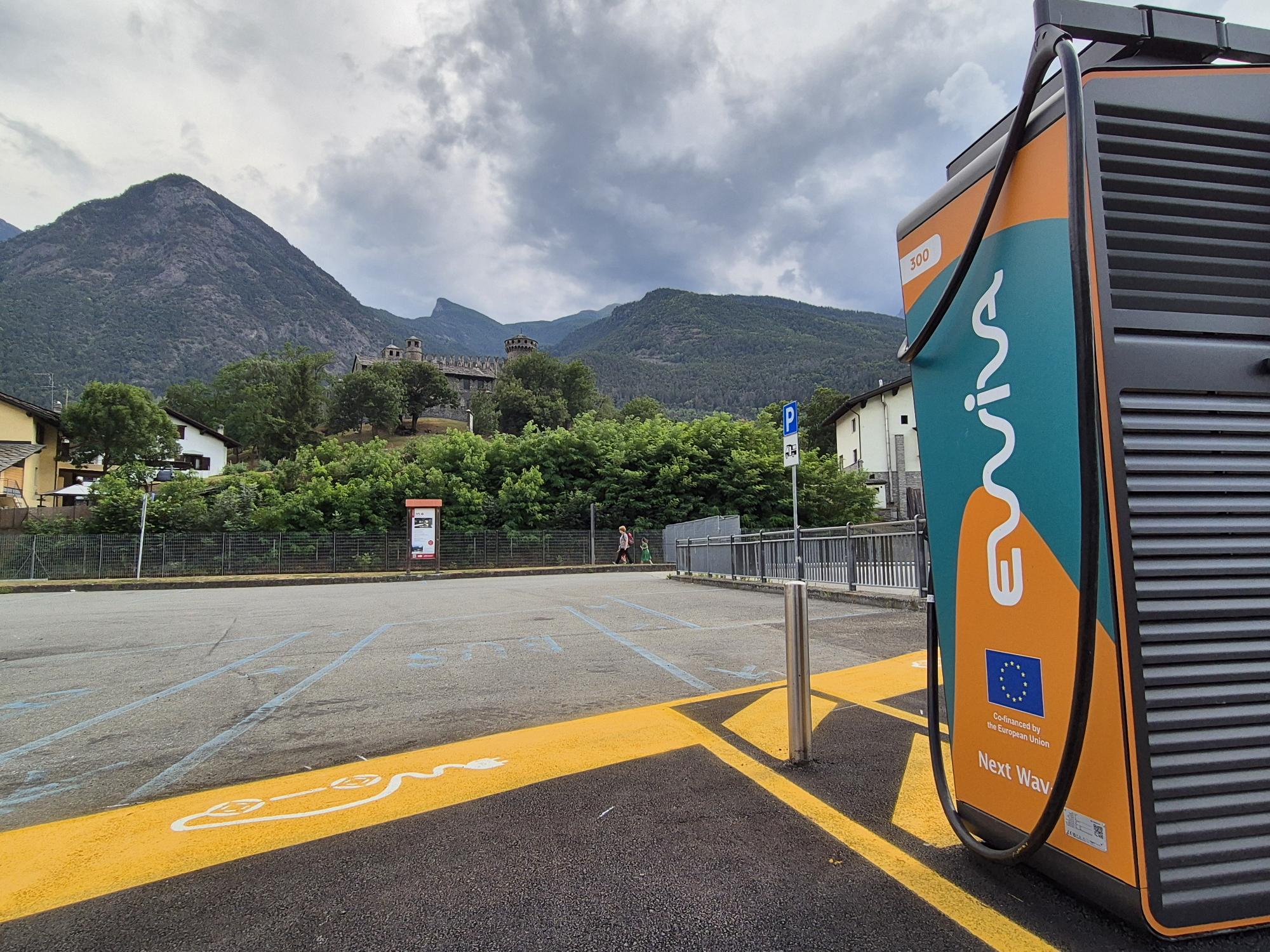Ewiva closes the first half of 2025 with numbers that tell of a concrete transformation: that of an increasingly electric, accessible and aware mobility, driven by innovation and listening to the real needs of e-drivers. In the first six months of the year, the joint venture of Enel X and Volkswagen Group further expanded its national high-power network, with a total of 52 new stations activated and nearly 210 charging points (PoCs) distributed throughout the country. The full map of Ewiva charging sites is available at the following link: https://ewiva.com/colonnine-ricarica/
Capillary growth: new activations from North to South, including islands
In Northern Italy, new sites have been activated in Emilia-Romagna (14), Lombardy (7), Veneto (7), Piedmont (6), Friuli-Venezia Giulia (2), Liguria (1) and Valle d’Aosta (1), in line with the current concentration of e-drivers in these regions and the greater maturity of the e-mobility market in the North.
In Central Italy, the network has been strengthened with new activations in Lazio (3) and Tuscany (2), also providing coverage along the main tourist and commuter routes; while in the South, Ewiva has consolidated its presence in Abruzzo (1), Molise (1) and Basilicata (1), regions where the charging infrastructure is assuming an increasingly strategic role in supporting the electrification of transport. Overall, with these new activations, the number of Ewiva sites rises to 48, for a total of 163 high-power charging points available in the southern regions (excluding islands).
In the islands, 5 new sites have been activated in Sardinia and 1 in Sicily – for a total of 42 charging stations and 130 charging points activated in total by Ewiva – confirming the company’s commitment to bringing electric mobility to even the most complex geographic contexts, where the availability of charging is a key factor in the spread of electric vehicles.
More accessibility and awareness for e-drivers
In the first half of 2025, Ewiva continued its efforts to make public charging not only widespread, but also more accessible. In May, the company launched a special promotion designed to incentivize electric vehicle use during the first major commute of the year, offering a concrete and affordable alternative to traditional mobility. The initiative was accompanied by the industry’s first national advertising campaign, with the aim of raising awareness of electric mobility among the general public and stimulating a more conscious and accessible approach to recharging.
In line with this path, Ewiva also introduced a new rate for payment by credit card/debit card directly at the charging station, designed to offer an easier and more convenient charging experience, especially for occasional users or those not yet tied to charging service providers.
Emissions avoided and environmental benefits: the concrete effect of Ewiva recharges
Since the inception of the joint venture to date, more than 1.3 million recharges have been made on the Ewiva network. A volume that has generated significant and measurable environmental impacts throughout:
– 30,000 tons of CO₂ avoided, equivalent to approximately 1,623,185 trees planted;
– 70 tons of atmospheric particulate matter and 1.8 tons of nitrogen oxides less;
– Noise pollution abatement equal to that produced in one year by about 46,500 endothermic-engine vehicles;
– 240 million kilometers driven electrically, thanks to more than 40 million kWh delivered.
“These results confirm that we are moving in the right direction: every recharge made on our network is a concrete gesture toward a more sustainable and conscious mobility model, said Daniela Biscarini, CEO of Ewiva. “But we know that the electric transition can only become a reality if we can make it simple, accessible and close to people. This is why, alongside network expansion, we have also chosen to invest in initiatives that bring users closer to electric, facilitating the charging experience and helping to spread a new mobility culture. Listening to the real needs of e-drivers, including those of those who are entering this world for the first time, is an integral part of our vision: to build a network that is technologically advanced, but also inclusive and oriented toward everyday use.”





